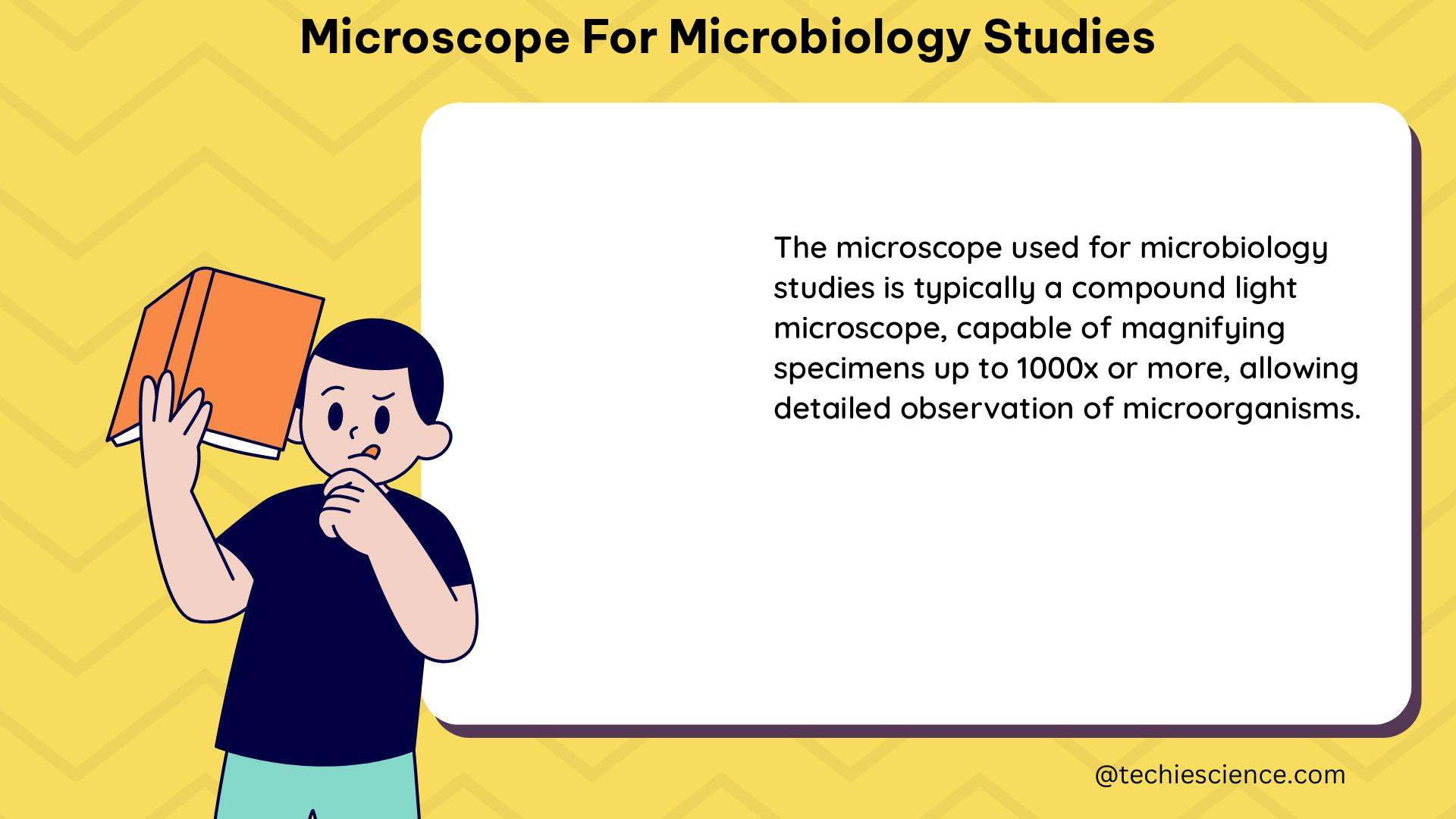Microscopes are essential tools for microbiology studies, enabling the observation and measurement of microbial cells and their structures. Understanding the physics of microscopy, particularly the diffraction limit and projection effects, is crucial for accurately quantifying microbiology from microscopy data.
The Diffraction Limit: Overcoming the Wave Nature of Light
The diffraction limit is a fundamental principle of optical microscopy, arising from the wave nature of light. When light passes through a small aperture, such as the objective lens of a microscope, it spreads out, forming a diffraction pattern. This diffraction pattern, known as the point spread function (PSF), limits the resolution of the microscope.
The size of the PSF is determined by the wavelength of the light and the numerical aperture (NA) of the objective lens. The relationship between the PSF size and these parameters is given by the Abbe diffraction limit equation:
d = λ / (2 × NA)
Where:
– d is the minimum resolvable distance between two points (the diffraction limit)
– λ is the wavelength of the light
– NA is the numerical aperture of the objective lens
For a typical optical microscope, the PSF is on the same scale as the size of a microbial cell, leading to imaging artifacts that can affect size and shape measurements. To overcome the diffraction limit, researchers have developed advanced microscopy techniques, such as super-resolution microscopy, which can achieve resolutions beyond the diffraction limit.
Projection Effects: Dealing with 3D Samples

Projection effects arise from the thickness of a microbial cell compared to the depth of field of the microscope. The depth of field is the distance over which the image remains in focus. For a typical optical microscope, the depth of field is on the order of a few microns.
When a microbial cell is thicker than the depth of field, the 2D image contains compressed, projected 3D information. This makes it difficult to extract the underlying 3D distribution of photon emitters, leading to potential errors and biases in size and shape measurements.
To address projection effects, researchers have developed techniques such as optical sectioning, which uses a series of 2D images taken at different focal planes to reconstruct the 3D structure of the sample. Another approach is to use confocal microscopy, which uses a pinhole to reject out-of-focus light, improving the depth resolution and reducing the impact of projection effects.
Experimental Considerations for Accurate Quantification
Simulations and experiments have shown that the diffraction limit and projection effects can significantly impact the accuracy of size and shape measurements of microbial cells. To accurately quantify microbiology from microscopy data, it is essential to consider the following experimental factors:
- Objective Lens Selection: Choose high-quality objective lenses with a high numerical aperture (NA) to minimize the impact of the diffraction limit.
- Illumination and Detection Settings: Optimize the illumination intensity, exposure time, and detection settings to avoid saturation and maximize the dynamic range of the image.
- Image Processing Techniques: Apply appropriate image processing techniques, such as deconvolution and background correction, to correct for imaging artifacts.
- File Format and Storage: Use lossless file formats, such as TIFF or FITS, for image acquisition and storage to preserve the original data quality.
- Calibration and Validation: Perform regular calibration of the microscope using standard samples and validate the accuracy of size and shape measurements using complementary techniques, such as electron microscopy.
Practical Examples and Case Studies
To illustrate the impact of the diffraction limit and projection effects on microbiology studies, consider the following examples:
-
Measuring the Size of Bacterial Cells: A study using a combination of simulations and experiments found that the diffraction limit can lead to an underestimation of the size of bacterial cells by up to 30%. Applying deconvolution techniques can help correct for this bias.
-
Quantifying the Shape of Fungal Spores: Projection effects can distort the apparent shape of fungal spores, making them appear more spherical than they actually are. Using optical sectioning or confocal microscopy can help overcome this issue and provide more accurate shape measurements.
-
Analyzing the Morphology of Biofilms: Biofilms are complex 3D structures composed of microbial cells and extracellular matrix. Projection effects can make it challenging to accurately quantify the size, shape, and spatial distribution of cells within the biofilm. Techniques like super-resolution microscopy and 3D reconstruction can help address these challenges.
By understanding the physics of microscopy and applying appropriate experimental and image processing techniques, researchers can overcome the challenges posed by the diffraction limit and projection effects, enabling more accurate quantification of microbiology from microscopy data.
Conclusion
Microscopes are indispensable tools for microbiology studies, but the physics of microscopy can introduce imaging artifacts that affect the accuracy of size and shape measurements. By understanding the diffraction limit, projection effects, and applying appropriate experimental and image processing techniques, researchers can overcome these challenges and obtain reliable quantitative data from microscopy observations.
References
- Made to measure: an introduction to quantification in microscopy data, https://www.researchgate.net/publication/368290638_Made_to_measure_an_introduction_to_quantification_in_microscopy_data
- An introduction to quantifying microscopy data in the life sciences, https://onlinelibrary.wiley.com/doi/10.1111/jmi.13208
- The new era of quantitative cell imaging—challenges and …, https://www.ncbi.nlm.nih.gov/pmc/articles/PMC10339817/
- Quantifying microscopy images: top 10 tips for image acquisition, https://carpenter-singh-lab.broadinstitute.org/blog/quantifying-microscopy-images-top-10-tips-for-image-acquisition
- Quantitative Microbiology with Microscopy: Effects of Projection and …, https://www.biorxiv.org/content/10.1101/2023.05.15.540883v1.full

The lambdageeks.com Core SME Team is a group of experienced subject matter experts from diverse scientific and technical fields including Physics, Chemistry, Technology,Electronics & Electrical Engineering, Automotive, Mechanical Engineering. Our team collaborates to create high-quality, well-researched articles on a wide range of science and technology topics for the lambdageeks.com website.
All Our Senior SME are having more than 7 Years of experience in the respective fields . They are either Working Industry Professionals or assocaited With different Universities. Refer Our Authors Page to get to know About our Core SMEs.